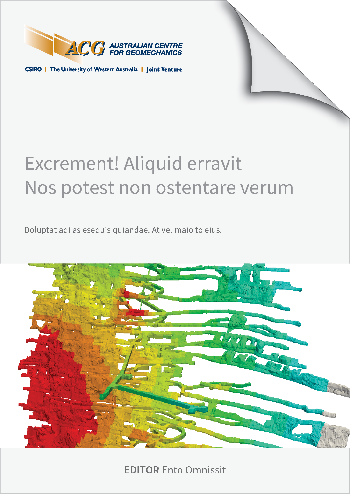Comparative analysis of fragmentation sizes in LKAB

|
Authors: Marin Rodriguez, IR; Gustafson, A; Tariq, M; Singh Rajpurohit, S; Quinteiro, C; Schunnesson, H |
DOI https://doi.org/10.36487/ACG_repo/2435_E-01
Cite As:
Marin Rodriguez, IR, Gustafson, A, Tariq, M, Singh Rajpurohit, S, Quinteiro, C & Schunnesson, H 2024, 'Comparative analysis of fragmentation sizes in LKAB', in Daniel Johansson & Håkan Schunnesson (eds), MassMin 2024: Proceedings of the International Conference & Exhibition on Mass Mining, Luleå University of Technology, Luleå, pp. 703-715, https://doi.org/10.36487/ACG_repo/2435_E-01
Abstract:
Sublevel caving (SLC) is a widely used underground mass mining method, known for its efficiency and economic viability. However, like all caving methods, it requires specific geological conditions of the hanging wall, ore, and foot wall. A key result parameter is fragmentation. Fragmentation of the material coming from the draw point during mucking is dependent on the blasting and of the material in the caved zone and has a direct impact on operational costs, as it can affect ore recovery, increase transportation costs, and the subsequent processing of the ore. The presence of oversized rock fragments (boulders) will also delay operations, as extra time is required to handle the boulders. This study presents a comparative analysis of the fragmentation variations in different production levels in LKAB’s Kiirunavaara Konsuln mine. The data consist of images of the trucks transporting the mucked material coming from blasted rings on the main haulage ramp. The images were filtered and the payload material in the trucks were categorized using a Quick Rating System (QRS) into one of five fragmentation classes (very fine, fine, medium, coarse, very coarse). A method to count the number of boulders in the trucks is under development, further method development as well as the calibration phase will be performed in future work. The results highlight the size variations in the material from the mine during a nine-month period. A method to measure the fragmentation and the number of boulders in an effective and reliable way would help in the process of improvement of the mining operation.
© Copyright 2025, Australian Centre for Geomechanics (ACG), The University of Western Australia. All rights reserved.
View copyright/legal information
Please direct any queries or error reports to repository-acg@uwa.edu.au
View copyright/legal information
Please direct any queries or error reports to repository-acg@uwa.edu.au